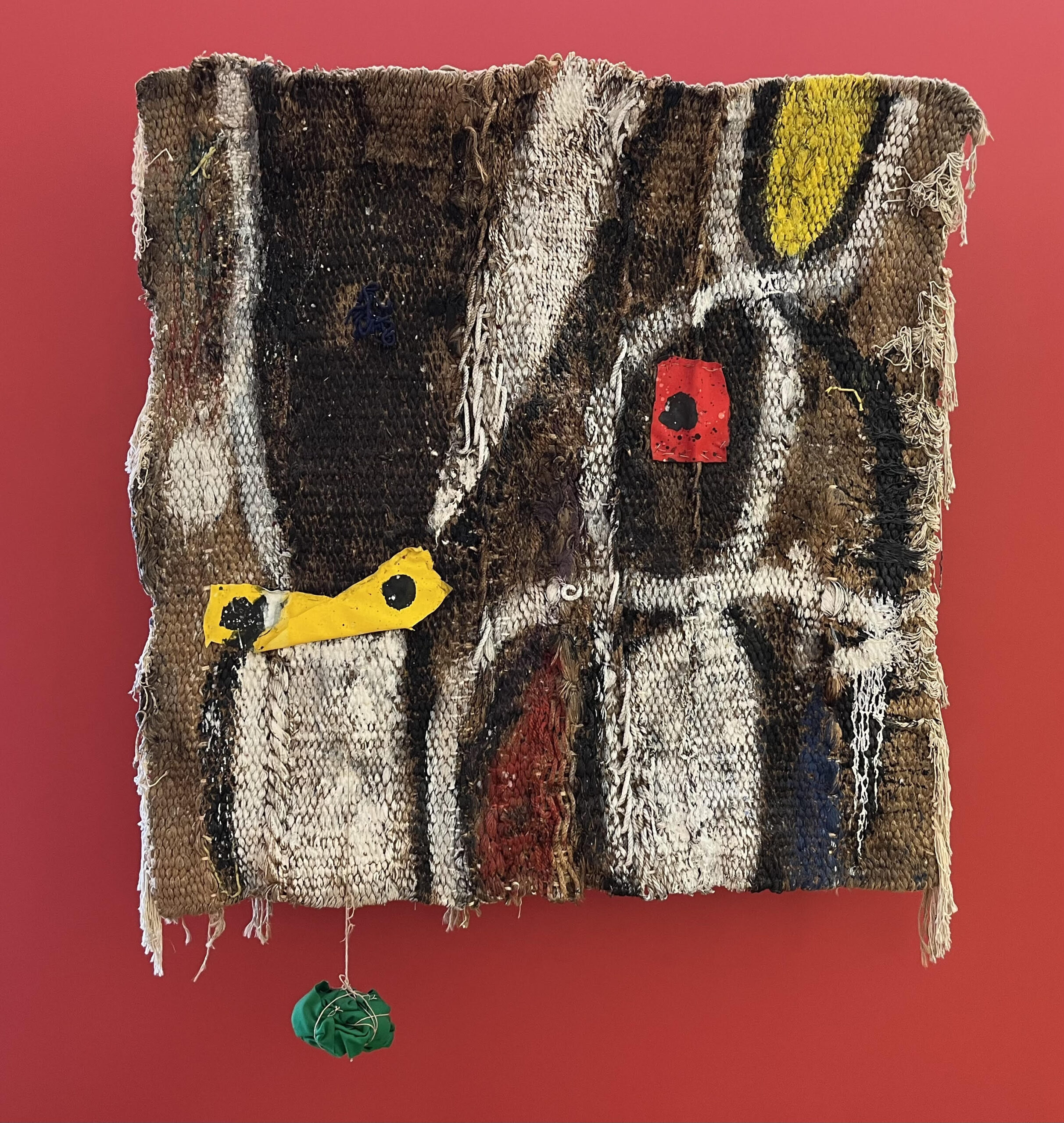
On a recent trip to Porto, Portugal, I got the opportunity to study hundreds of works by Spanish artist Joan Miro. The exhibition was vast, spanning six decades of his career. Miro is considered one of the greatest artists of the 20th century. He is known for his radical innovations and fascination with spiritual matters, mystical visions and dreams. He studied prehistoric art, cave paintings, and petroglyphs, and he believed that art should return to its roots to retrieve its original spiritual power. His body of work is not easily defined, combining various mediums and techniques. However, what remains consistent is his abiding attention to materiality. Due to the unorthodox techniques he employed, his work requires greater care when being displayed, photographed and preserved.
What was evident after viewing this collection was his relentless exploration and experimentation. In several pieces he burned holes through the canvas incorporating the forms this process generated into his compositions. Some of the burnt edges were so well integrated, you were unaware the holes existed until the back of the canvas was revealed. There were countless painted sculptures made of manipulated objects as well as paintings on a variety of unexpected materials. The piece shown here is a painting on a handmade jute tapestry. Like the burnt holes, the texture of this surface is masterfully incorporated into his composition. Casting aside conventions, he also added found objects to the work, one of which dangles powerfully from the bottom of the tapestry. The result is mysterious, primal and surprisingly satisfying.
